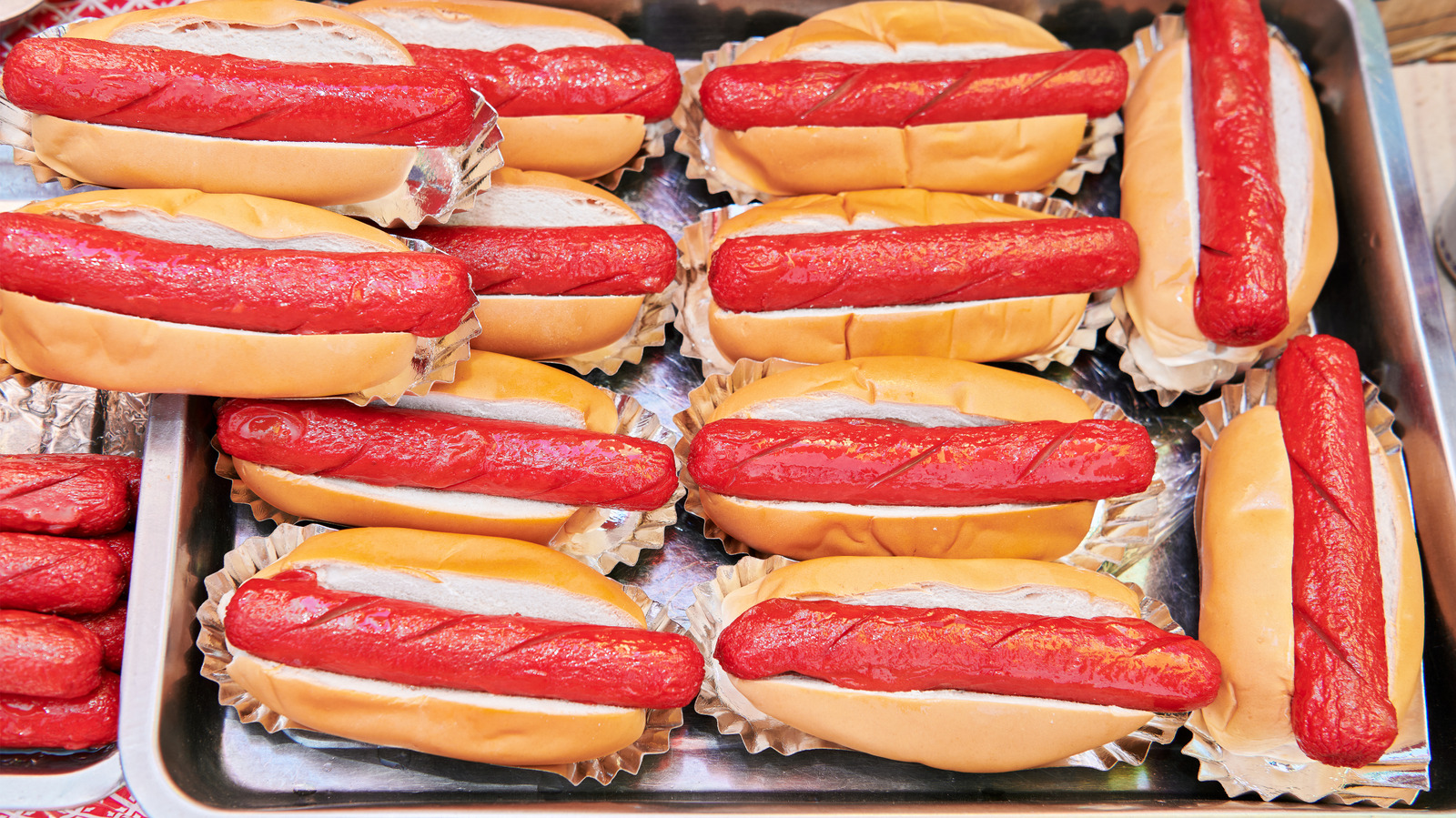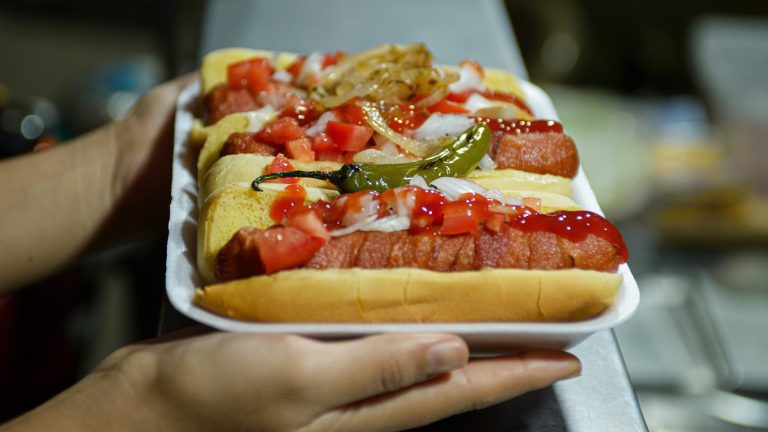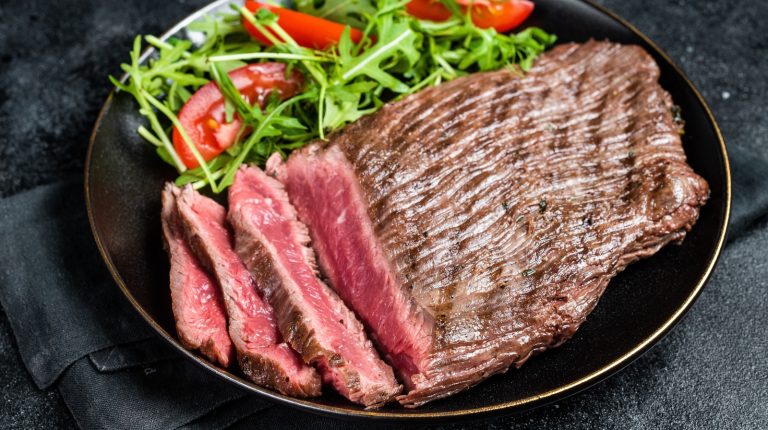When foodies think of Maine’s culinary scene, there’s probably a good chance that lobster is the first thing that comes to mind. Indeed, the state is home to some knockout lobster restaurants. But, if you aren’t thinking “hot dogs” when you think of Maine’s signature dishes, then you haven’t been acquainted with the red snapper.
Maine may be famous for its coastal fare, but its classic red snappers aren’t named after the white fish; instead, it’s all about the color and texture. Red snapper hot dogs are named for their signature neon red hue and toothy, high-snap casing that pops when bitten into. The titular color comes from red food dye, commonly red #40, red #3, sodium nitrite, or other flavorless natural dyes, varying by the purveyor. The crimson tone only extends as far as the outside casing; the meaty insides remain the standard hot dog pink foodies might expect. Despite their out-of-the-ordinary fire engine complexion, these vibrant beauties get cooked just like any normal hot dog, and they taste like regular pork-and-beef hot dogs – no special spices or flavorings here.
Red snappers place more emphasis on the buns than the toppings
As far as toppings go, red snappers are pretty flexible. There’s no one “right” way to dress these dogs. Mustard, ketchup, relish, melted cheese, onions, sauerkraut, and all the traditional gamut of hot dog toppings are fair game. This customizability stands in stark contrast to many other regional American hot dogs — like the Chicago dog, which follows a strict assembly of all-beef hot dog, yellow mustard, sweet pickle relish, diced white onion, chunks of fresh tomato, and a whole pickle spear, in that order, no exceptions and absolutely no ketchup. However, for an extra taste of regional Maine flair, you could wash that red snapper down with an ice-cold Moxie soda (which is also a key ingredient in Maine’s infamously painful Burnt Trailer cocktail).
More important than the toppings here is the bun. Red snappers are traditionally served on split-top New England hot dog buns – the same vehicles used to house lush Maine lobster rolls. When applied to red snappers, those buns typically get toasted in butter or thrown on the grill alongside the hot dogs to warm. At the Maine Oyster Company in Portland, foodies can enjoy the best of both worlds with The $50 Dog, which tops a red snapper with chunks of lobster meat and caviar.
It’s unclear when or why red snappers first got their red hue
Beyond the gimmicky fish-forward name, the question of “Why red?” doesn’t seem to have a clear answer. One theory posits that the practice of dying hot dogs red might have roots in the European butcher strategy of dying older sausages red to feign freshness. Alternatively, the red dye could simply be a playful marketing tactic, gradually metamorphosing into a source of regional pride that stuck over time. The bright red hue notably evokes the color of a lobster shell, another Maine culinary classic. Whatever the motivation behind its inception, residents of the Pine Tree State continue digging the red snapper.
In Maine, the unofficial red snapper capital is W. A. Bean & Sons in Bangor. The city is home to a thriving local food scene, and it’s here that the family-owned company has been serving its community since 1860. The company started making hot dogs in 1918. The business has seen five generations of Beans, it sold a whopping four million hot dogs last year, and roughly 70% of the dogs it sells are red snappers. One pound of red snapper hot dogs from W. A. Bean & Sons costs $8.00. For foodies hungry for more red snapper action, Dexter, Maine, hosts an annual Maine Red Hot Dog Festival in which attendees sport full-body hot dog costumes and compete in hot-dog-eating contests.






